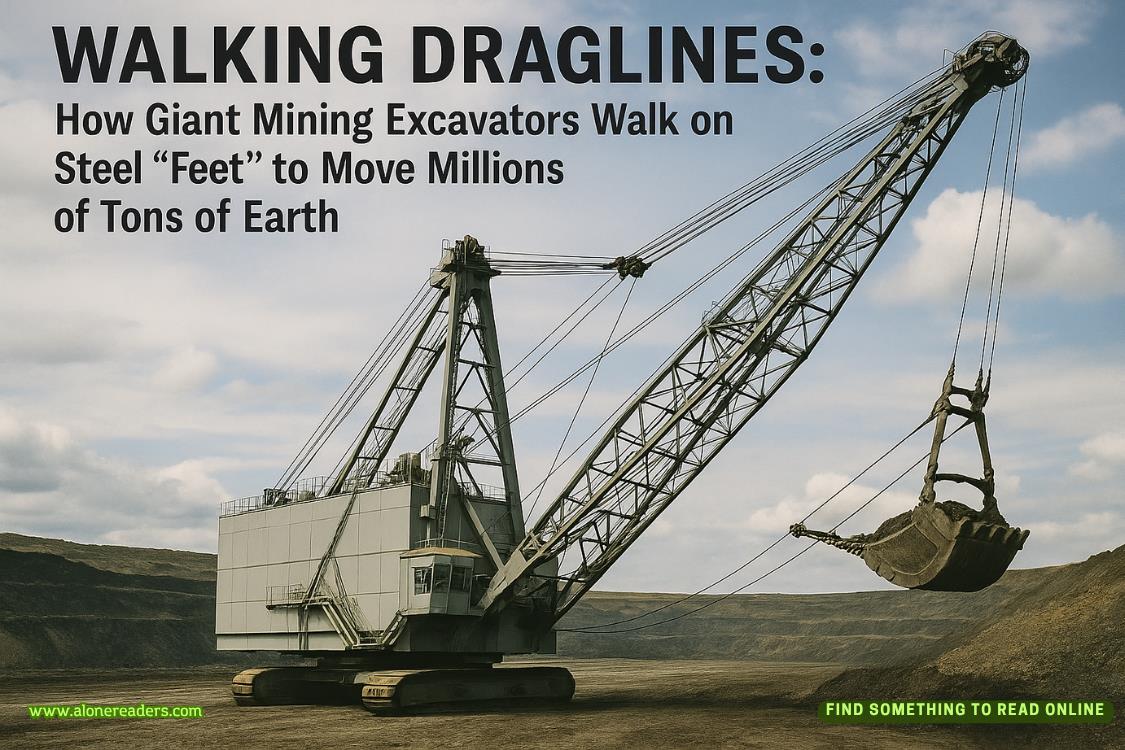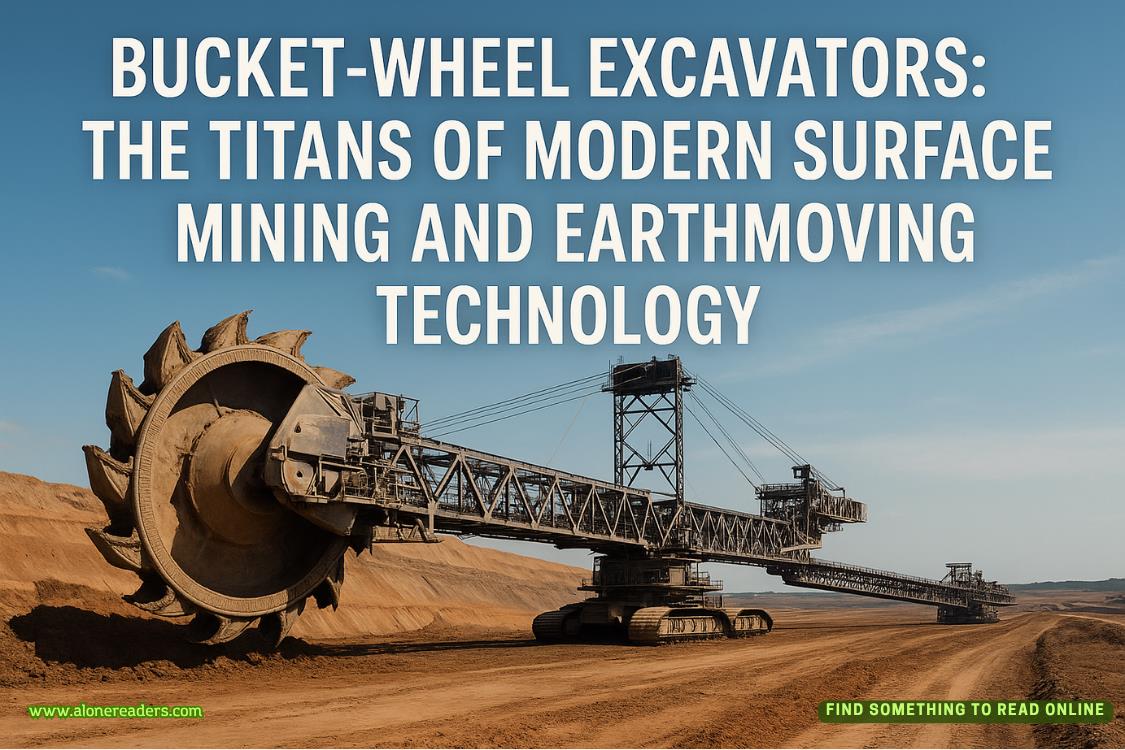Page 136 of Project Hail Mary
I bring up the Attitude Control panel and initiate a roll. Once I have the ship pointed backward to our direction of travel and parallel to the ground below, I halt the rotation. Now we’re hurtling along, butt-first, at 12 kilometers per second. I need that to be almost zero.
“Orientation is good,” I say. “Initiating thrust.”
“Yes,”says Rocky. He watches his readout screen intently. It shows him the textured version of my own screen, thanks to that camera he set up earlier.
“Here goes…” I fire up the spin drives. We go from zero g to 1.5g’s in under a second. I am pressed back in my chair and Rocky grabs a support with a fourth hand to stay steady.
As theHail Maryslows down, our velocity can no longer keep us in orbit. I glance at the Radar panel and it confirms that we are losing altitude. I adjust the ship’s attitude so we are pointing very slightly upward from horizontal. Just a fraction of a degree.
Even that small amount is too much! The radar shows usgainingaltitude rapidly. I bring the angle back down. This is a sloppy, nasty, horrible way to fly a spacecraft, but it’s all I have. There was no point to calculating this maneuver in advance. There are so many variables and ways to mess up the math I’d be flying on manual almost immediately anyway.
After a few more overcorrections, I get the feel for it. I increase the angle bit by bit as the ship slows down with respect to the planet.
“You tell when to release probe,”Rocky says. His claw hovers over the button that will eject the spools and let the chain fall freely. We can only hope it doesn’t get tangled.
“Not yet,” I say.
The attitude screen shows we’re at 9 degrees from the horizontal. I need to get us to 60. Something catches my eye off to the right. It’s the external camera feed. The planet below is…glowing.
No. Not the whole planet. Just the bit right behind us. It’s the atmosphere reacting with the IR blast from the engines. TheHail Maryis dumping hundreds of thousands of times more energy into that spot than Tau Ceti does.
The IR heats the air so much it ionizes and it’s literally red hot. The brightness increases as our angle gets more severe. Then the affected area starts to grow. I knew it would be significant, but I had no idea it would be like this. We’re leaving a red streak across the sky, destroying anything in the air. The carbon dioxide is probably being ripped apart from pure heat energy into particulate carbon and free oxygen. The oxygen might not even be forming O2. That’s a lot of heat.
“The engines are heating up Adrian’s air a lot,” I say.
“How you know, question?”
“Sometimes I can see heat.”
“What, question?! Why you no tell me this, question?”
“It’s related to sight…there’s no time to explain it. Just trust me: We are making the atmosphereveryhot.”
“Danger, question?”
“I don’t know.”
“I no like that response.”
We angle up and up and up. The glow behind us gets brighter and brighter. Finally, we reach the correct angle.
“Angle achieved,” I say.
“Happy! Release, question?”
“Stand by. Velocity…”—I check the navigation console—“127.5 meters per second! Just what I calculated! Holy cow, it worked!”
I feel the pull of Adrian, tugging me into my seat.
This is one of those things I frequently have to explain to my students. Gravity doesn’t just “go away” when you’re in orbit. In fact, the gravity you experience in orbit is pretty much the same as you’d experience on the ground. The weightlessness that astronauts experience while in orbit comes from constantly falling. But the curvature of the Earth makes the ground go away at the same rate you fall. So you just fall forever.
TheHail Maryisn’t falling anymore. The engines hold us up in the sky and our tilt makes us scooch forward at 127 meters per second—about 285 miles per hour. Fast for a car, but amazingly slow for a spaceship.
The air behind us glows so bright the external camera shuts down to protect its digitizer.
The Life Support panel comes up on my main screen, unprompted.EXTERNAL TEMPERATURE EXTREME,it warns.
“Air is hot,” I call out. “Ship is hot.”















